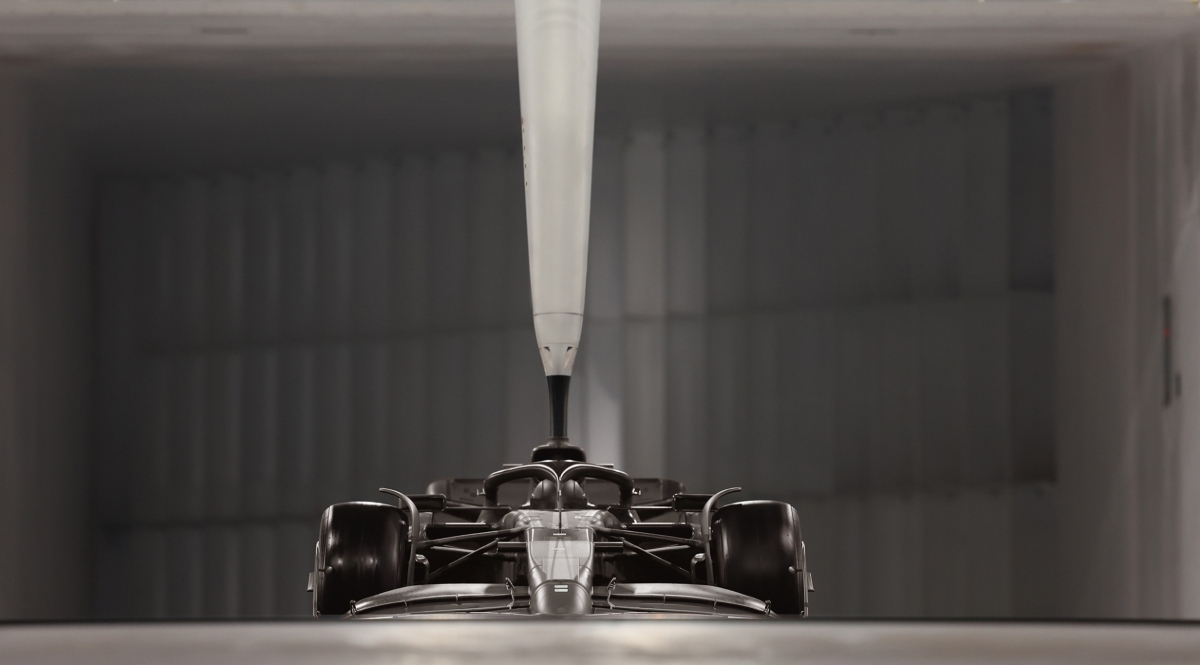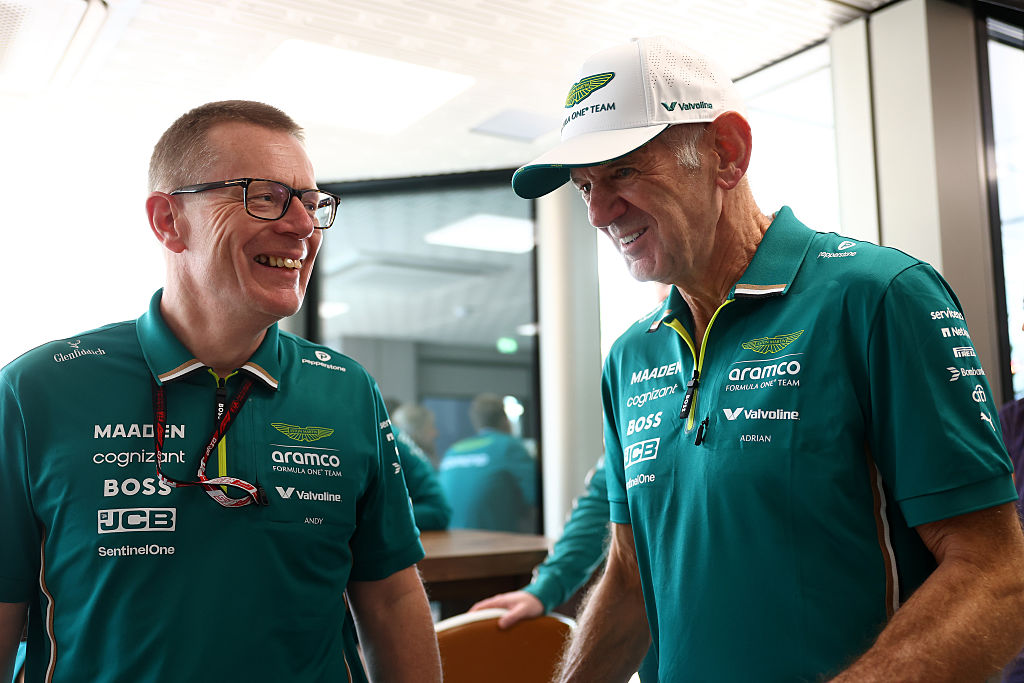Nico Hulkenberg’s podium at Silverstone quite rightly grabbed the headlines as the German secured the first top-three finish of his Formula 1 career.
It was a result celebrated by the wider paddock, with even one of Sauber’s rivals in the midfield – Aston Martin – being among the teams that offered up champagne to boost the stocks in the Swiss constructors’ hospitality.
There is a link there, too, with Hulkenberg having made 80 of his 239 starts for the team across its three most recent guises of Force India, Racing Point and Aston Martin, but he left the role of reserve at the end of 2022 to return to racing with Haas.
At that point, there were already big investments being made at Aston, but the new regulations of 2026 were a long way off. And at that stage, it didn’t yet have the Honda works deal in place, let alone its new factory up and running, or Adrian Newey signed as managing technical partner.
A lot has happened at Aston over the past few years that has increased expectations, and yet the results haven’t followed in recent seasons. 2023 started in encouraging style with Fernando Alonso often proving to be the biggest threat to Red Bull and Max Verstappen, but after six podiums in the first eight races, only two more followed as form tailed off.
As recently as after the Monaco Grand Prix, Aston had just 14 points to its name – all of them scored by Lance Stroll – but an updated car has yielded scores in each of the four races since, including the first double points of the year at Silverstone.
Perhaps one of the more unheralded changes at the team has been the influence of Andy Cowell, who was widely credited with the Mercedes power unit dominance in 2014, and added the team principal role to his CEO position at Aston Martin in January. With that came a tweaked outlook to the way the team goes about its work.
“I think it’s more a change of approach and a change of quizzing, asking questions in simple terms,” Cowell tells RACER. “That’s the way I try to approach it. And to not be frightened to ask questions and go deeper and deeper and say, well, why can’t it be science-based? Why can’t we do engineering as, you have a theory, you do an experiment, you look at the results and you’re open-minded?
“So yeah, perhaps it is a different style and what I’m determined is that we do great engineering, and when we’ve done great engineering, then we release information and we don’t release before we’ve done everything thoroughly. I guess that’s the approach I’ve always taken with engineering a power unit before now engineering a race car.
“They’re different disciplines – aerodynamics is different to a power unit, tire engineering is different to a power unit – but you can pull it all the way back to math, physics, a bit of chemistry. It’s the approach of coming up with hardware that’s going to run at a race weekend. And that’s just the same across all aspects of Formula 1.”
One of the reasons that Aston Martin hasn’t cemented its place among the top teams so far has been car development, having failed to capitalize on the position it found itself in at the start of 2023. A lack of consistent improvement when bringing parts to the car was starting to become a concern ahead of what is seen as a major opportunity to run at the front from 2026.
Yet Cowell insists the pressure hasn’t been totally released in terms of current results, placing as much value on the overall championship position – currently still eighth – as the longer-term outlook if the team can get its state-of-the-art new campus operating effectively.

Aston is counting on its new wind tunnel to provide better and faster engineering options. Photo courtesy of Aston Martin Racing.
One of the newest facilities to come online is a big one, with Aston Martin’s own wind tunnel now up and running, and ensuring it doesn’t have to share with Mercedes.
